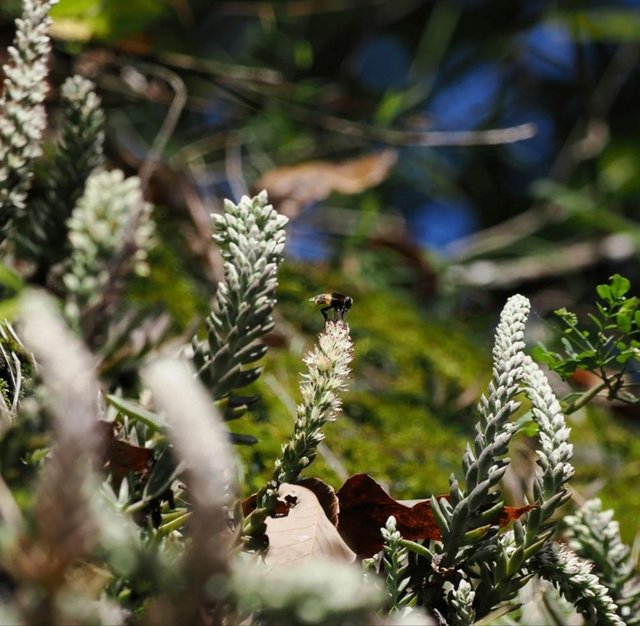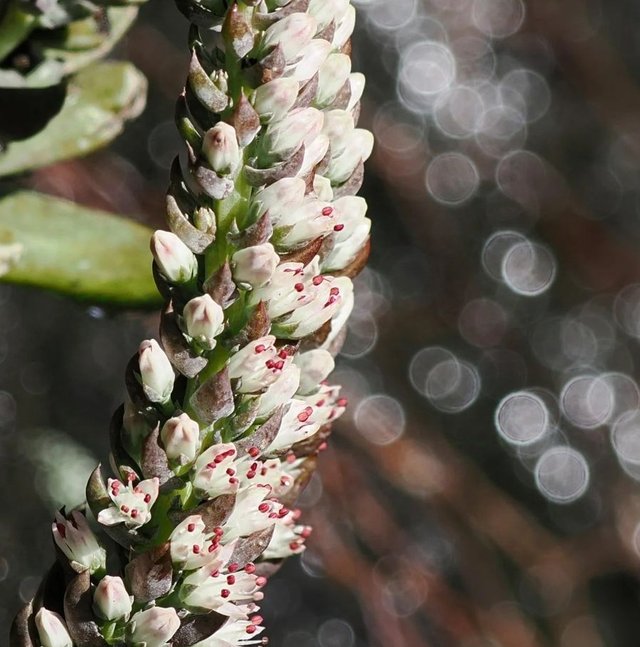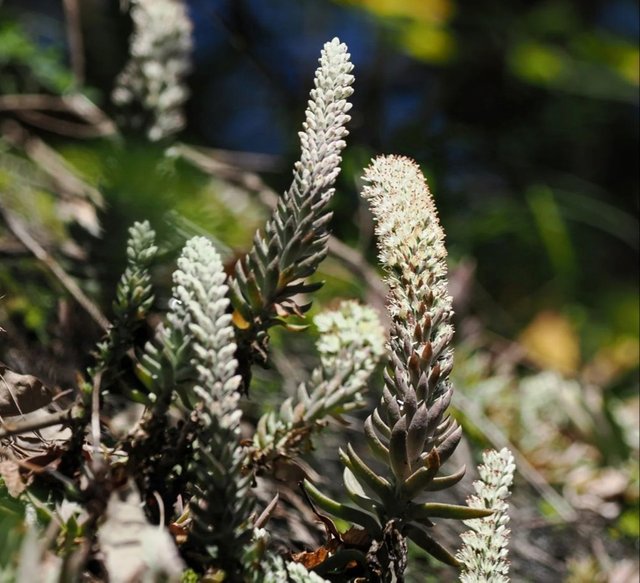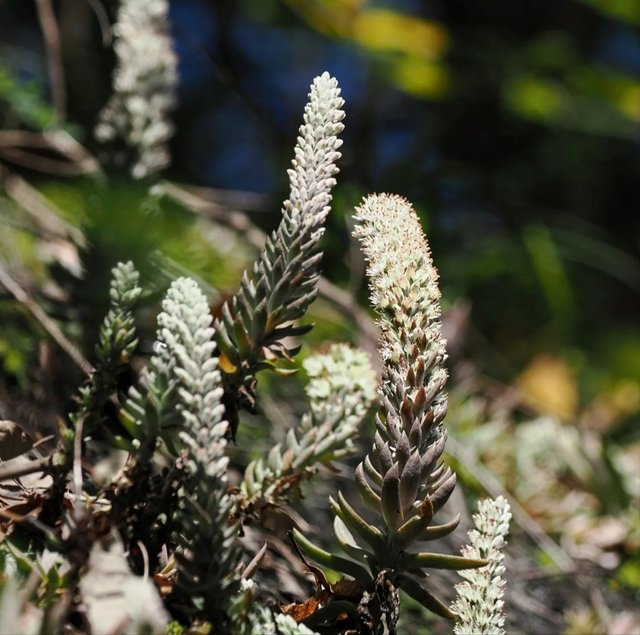So Beautiful Orostachys Japonica Flower
Exploring Orostachys japonica: A Fascinating Succulent with Unique Properties
Orostachys japonica, a lesser-known succulent plant native to East Asia, has been garnering interest among plant enthusiasts and researchers alike. Belonging to the Crassulaceae family, it is often appreciated for its aesthetic appeal and its potential medicinal properties. This plant, also known as "rock pine" or "stone lotus," thrives in rocky environments and harsh conditions, making it a symbol of resilience and adaptability.
Botanical Characteristics
Orostachys japonica is a rosette-forming succulent that typically grows low to the ground. Its fleshy, spoon-shaped leaves are arranged in tight spirals, creating a visually appealing symmetry. These leaves are usually green but can take on reddish or purple hues under stress, such as drought or exposure to direct sunlight.
During its lifecycle, the plant produces a singular, towering flower spike, often resembling a pine cone, hence its nickname. This spike bears small, star-shaped flowers that range in color from pale yellow to white. The flowering process marks the end of the plant’s life cycle, as it is monocarpic—flowering only once before dying. However, the plant ensures its survival by producing offsets or "pups" around its base, which grow into new rosettes.
Natural Habitat and Cultivation
Native to countries like Korea, Japan, and parts of China, Orostachys japonica thrives in rocky, well-drained soils. It is highly tolerant of cold temperatures, surviving in conditions that many succulents cannot endure. This adaptability makes it a popular choice for rock gardens, green roofs, and container gardening.
When cultivating Orostachys japonica, it is essential to mimic its natural environment. Provide well-draining soil, such as a cactus or succulent mix, and place the plant in a location with plenty of sunlight. While it is drought-tolerant, occasional watering during its growing season will encourage healthy growth. However, overwatering can lead to root rot, so it’s crucial to let the soil dry out between waterings.





Congratulations, your post was upvoted by @supportive.